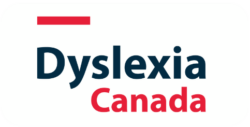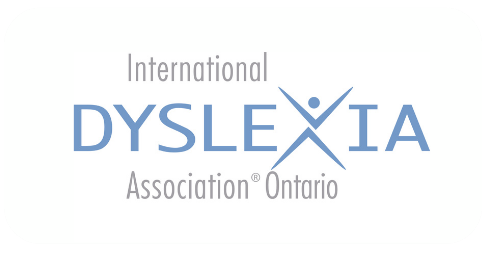This quick, 2 minute video gives a brief overview of the 3 main layers of the English Language: Anglo-Saxon, Latin, and Greek. A nice simple video to show students to help them understand that although English is complex, it makes sense, if you understand how they are put together (morphology).
Wondering where to start with morphology and how it can tie in with your explicit vocabulary instruction? This 36-page resource is full of lesson ideas and activities that you use with your students. This resource provides some essential background knowledge of morphology for all educators and then provides several lesson frameworks that you can use with your students, using the new Ontario Curriculum. It provides a suggested scope and sequence as well as word lists, but remember that the scope and sequence for morpheme introduction for the new curriculum is found on page 6 of Appendix A (Word-Level Reading and Spelling: Applying Phonics, Orthographic, and Morphological Knowledge). Once the introductory morpheme sequence from the curriculum has been consolidated, the word and morpheme lists found in this resource you can use to expand students’ morphological understanding beyond Grade 4 and across many subject areas.
Etymonline is a free online etymology dictionary that provides information about the origins and historical development of words in English. It offers detailed explanations of word origins, meanings, and changes over time, often tracing words back to their earliest recorded usage. This resource can help educators and students understand how words have evolved and diversified throughout history, as well as help understand the orthography and morphology of words.
In this video from PaTTAN Literacy, Lyn Stone shows, through practical demonstration, the benefits of systematically teaching the orthographic patterns of written English. Drawing on principals of cognitive load theory, linguistic analysis and her vast experience in varied educational settings, Lyn offers suggestions for implementing high quality spelling lessons into everyday classroom instruction.



